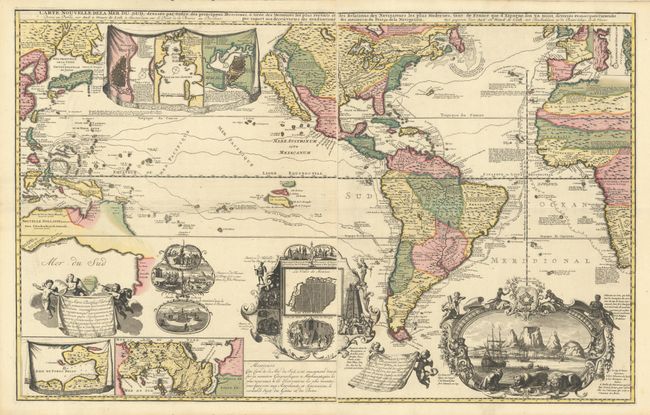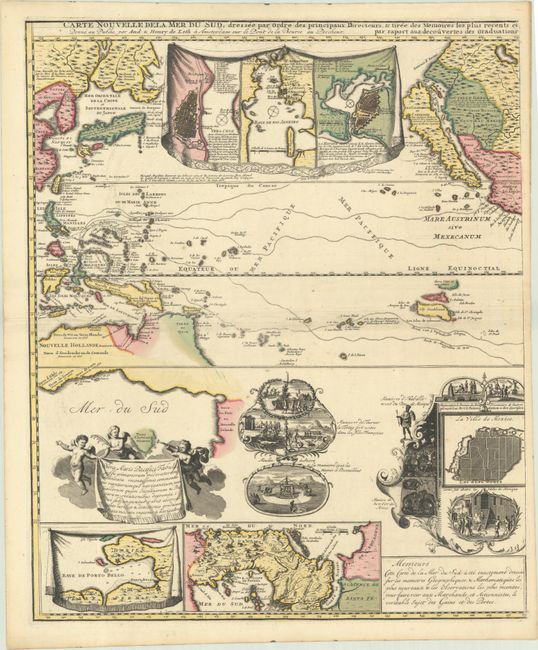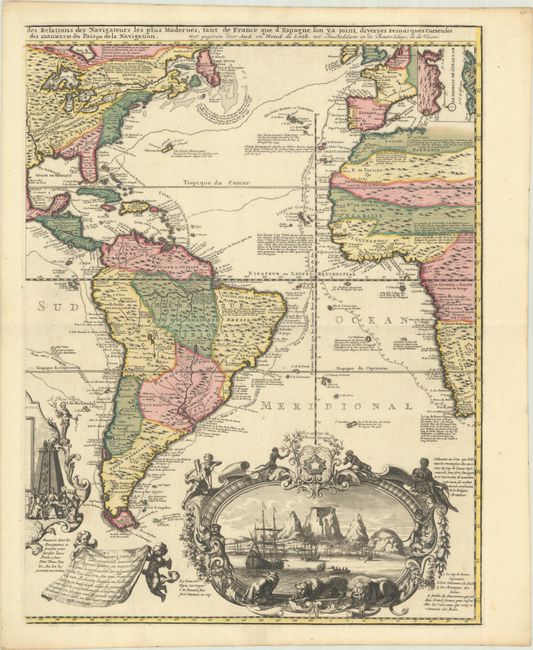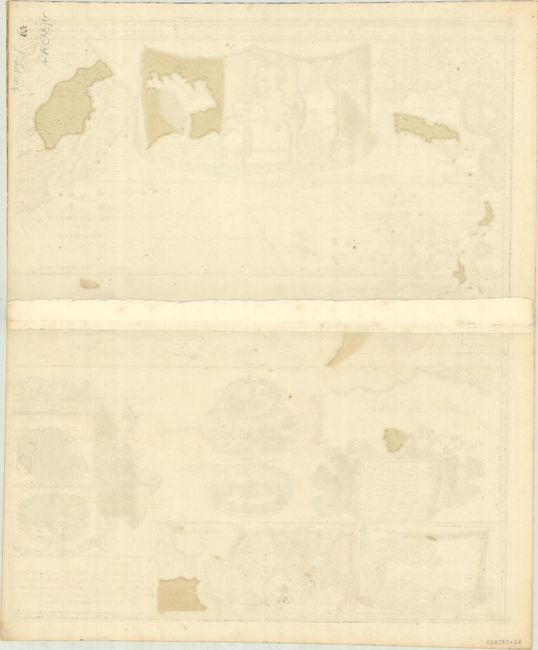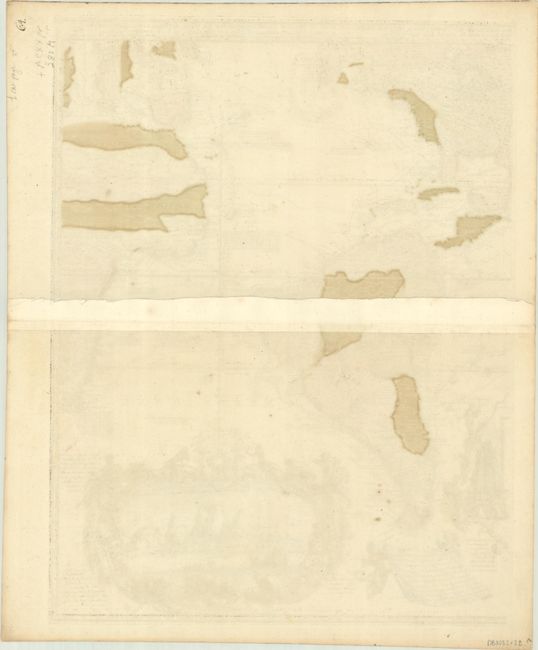Catalog Archive


Auction 196, Lot 85
De Leth's Extraordinary Map of the Americas and the Oceans in Full Contemporary Color
"[On 2 Sheets] Carte Nouvelle de la Mer du Sud, Dressee par Ordre des Principaux Directeurs, & Tiree des Memoires les Plus Recents et des Relations des Navigateurs les Plus Modernes...", Leth, Andries & Hendrik de
Subject: Western Hemisphere - America
Period: 1740 (circa)
Publication:
Color: Hand Color
Size:
17.6 x 23.1 inches
44.7 x 58.7 cm
Download High Resolution Image
(or just click on image to launch the Zoom viewer)
(or just click on image to launch the Zoom viewer)
